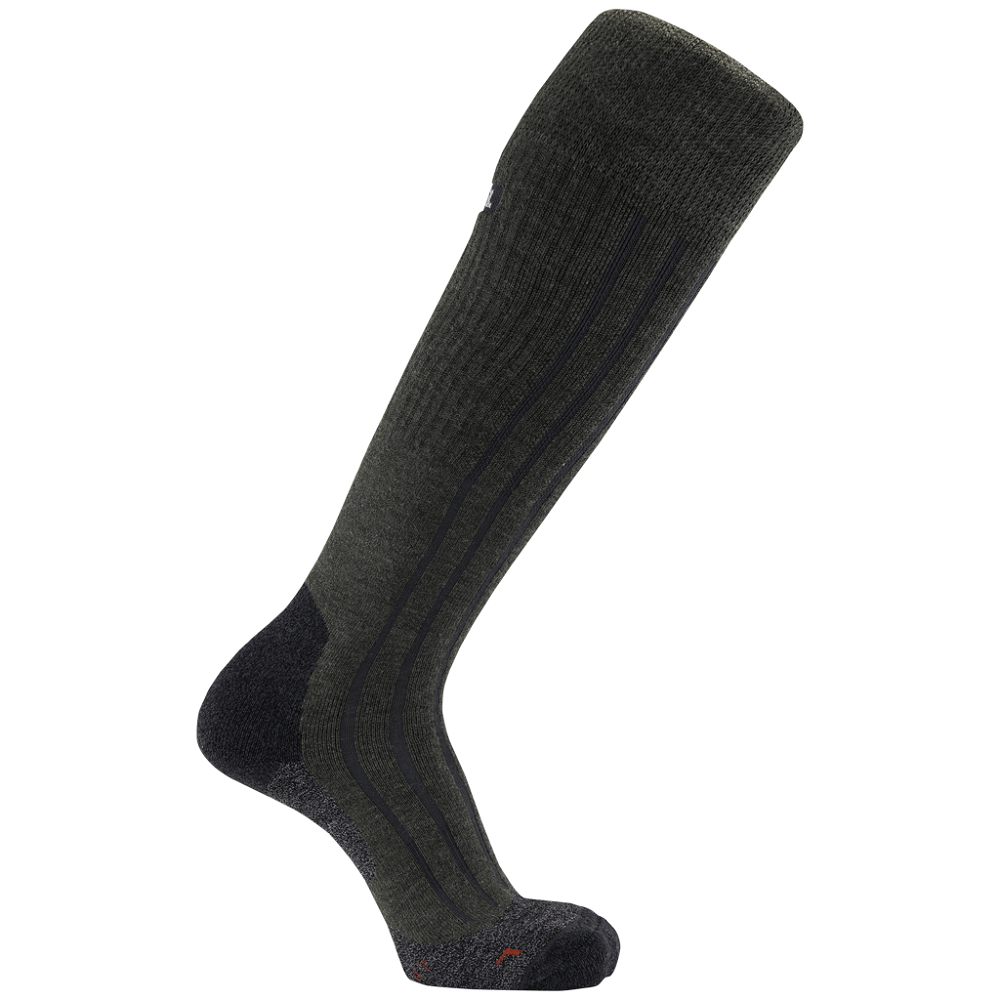As winter approaches, the importance of a well-prepared wardrobe becomes evident. When the temperatures drop, having the right clothing and accessories is essential. One item that should never be overlooked is a good pair of wool socks. Wool socks offer remarkable benefits, from warmth to moisture management, making them an excellent choice for winter. In this article, we will explore the advantages of best wool socks and outline why they are a must-have in your winter wardrobe.
Benefits of Wool Socks in Winter
Warmth and Insulation Properties
Best wool socks are excellent for keeping feet warm during winter. Wool traps heat and provides insulation. Its fibers absorb moisture without losing warmth. This ensures your feet stay warm even in damp conditions. Unlike synthetic materials, wool adapts to temperature changes, providing consistent warmth.
Moisture-Wicking Features
Wool socks excel in wicking moisture away from the skin. The natural fibers draw sweat into the sock, where it evaporates quickly. This keeps feet dry, reducing the risk of blisters or discomfort. Moisture-wicking properties also contribute to overall foot hygiene, making wool socks ideal for active use.
Odor Resistance
Wool fibers naturally resist odor buildup. They contain lanolin, which has antibacterial properties. This feature prevents bacteria from growing and causing smells. Even after prolonged wear, wool socks remain fresh. This makes them perfect for hikes and long winter trips.
Durability Compared to Other Materials
Wool socks are more durable than cotton or synthetic options. Wool fibers are flexible and resilient, standing up well to wear and tear. High-quality wool socks retain their shape even after multiple washes. They are an investment in comfort and reliability for cold seasons.
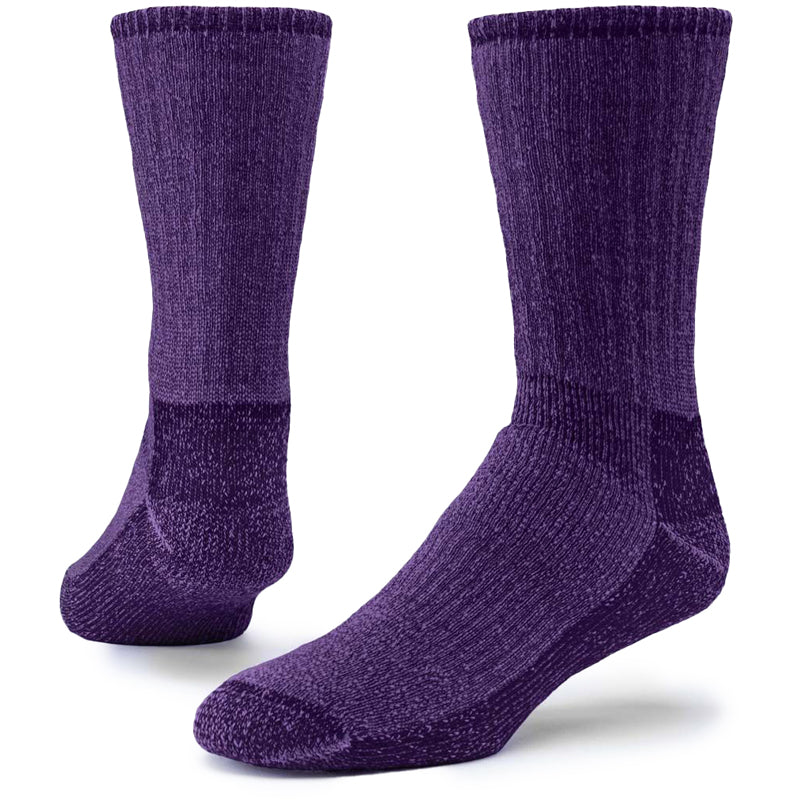
Types of Wool Used in Socks
Wool socks are crafted from various types of wool, each offering unique benefits. Choosing the right kind of wool depends on your needs, such as warmth, softness, or durability. Below, we discuss the most popular types of wool used in socks and their advantages.
Merino Wool: Softness and Performance
Merino wool is highly regarded for its exceptional softness and lightweight feel. It is less itchy compared to other wool types, making it perfect for people with sensitive skin. Merino wool has excellent moisture-wicking properties, keeping your feet dry during active use. It also provides good insulation, ensuring warmth in cold weather and breathability when it’s warmer. Its natural odor resistance makes it a favorite for outdoor activities.
Alpaca Wool: Luxury and Warmth
Alpaca wool is known for its luxurious texture and superior warmth. It is softer than standard sheep wool and free from lanolin, making it hypoallergenic. Alpaca fibers are also very durable and resistant to pilling, ensuring long-lasting socks. These socks are perfect for extreme cold conditions due to their excellent insulation properties. Additionally, alpaca wool is naturally water-repellent, keeping your feet dry in light moisture.
Other Wool Types: Blends and Specialized Fibers
Blended wool socks combine different fibers for enhanced performance and affordability. For example, a mix of merino wool and synthetic fibers can offer durability and stretchiness. Some socks use specialized wool fibers, such as cashmere, for extra softness and luxury. Blends also help reduce the cost while retaining key benefits like warmth and moisture-wicking. Each blend is designed for specific activities, from casual wear to high-performance sports.
Understanding these wool types helps you pick the best option for your needs. Whether you prioritize comfort, warmth, or durability, wool sock offer a versatile solution for winter.
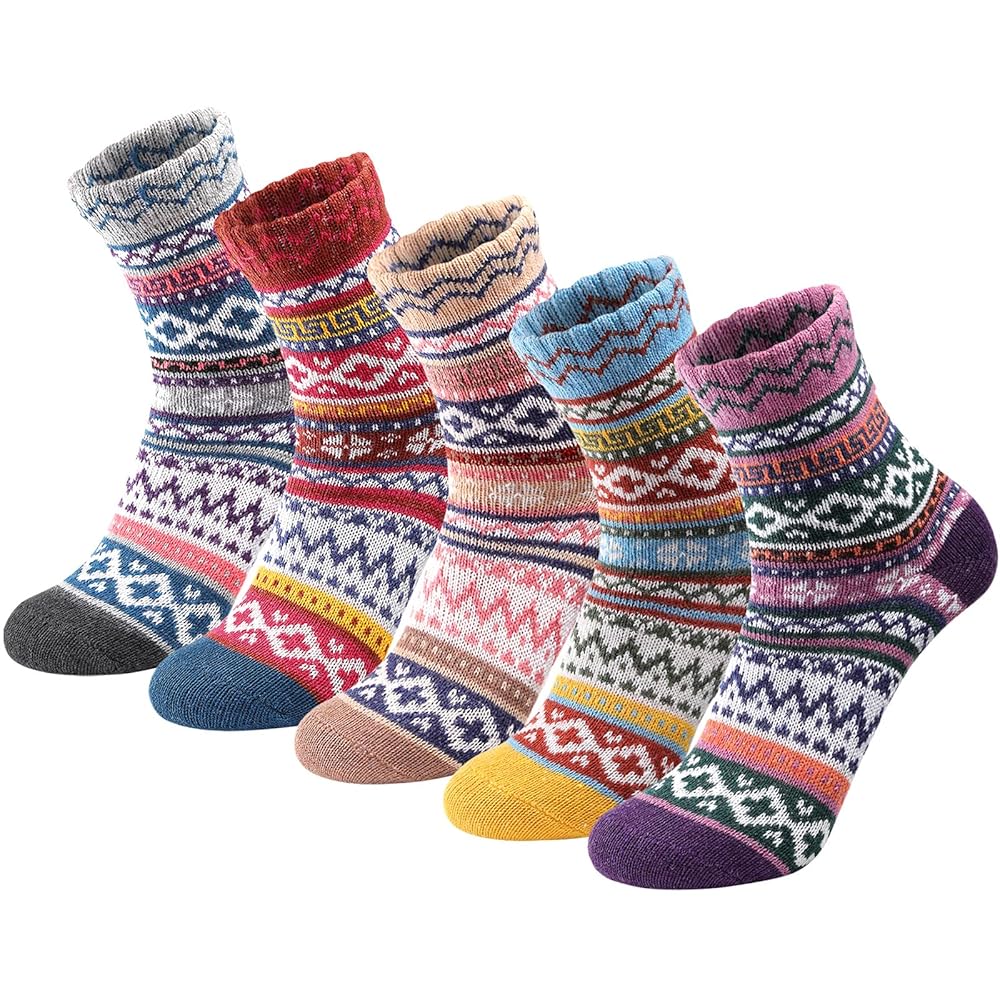
How to Choose the Right Wool Sock
Choosing the best wool socks depends on your activities and priorities. Several factors play a role, such as thickness, fit, and style. Below, we explore these aspects to help you find the perfect socks.
Thickness and Cushioning for Various Activities
The thickness of wool socks affects comfort and functionality. For hiking or outdoor activities, go for thicker socks with extra cushioning. They provide padding to reduce impact and prevent blisters. For casual wear or office use, lighter wool socks are more suitable. They fit comfortably under regular shoes. Athletes may prefer medium-thickness wool sock for balanced support. Always match the sock thickness to the type of shoe you plan to wear.
Fit and Sizing Tips
The right fit ensures comfort and prevents issues like slipping or bunching. Wool sock should snugly hug your feet without feeling tight. Look for socks with reinforced heels and toes for better durability and fit. Check the size chart of the brand before buying. If you’re between sizes, it’s better to size down. Properly fitted socks enhance your experience, whether you’re indoors or outdoors.
Style Options: Crew, Ankle, and Over-the-Calf
Wool socks come in various styles to match your needs. Crew socks are versatile and suitable for most activities. They offer enough coverage without being too long. Ankle socks are ideal for low-cut shoes and warm climates. For extra coverage in winter, opt for over-the-calf socks. They keep your legs warm and prevent cold drafts. Choose your style based on your outfit and the level of warmth you need.
Selecting the best wool socks involves evaluating thickness, fit, and style. By considering these factors, you can enjoy maximum comfort and performance in every situation.
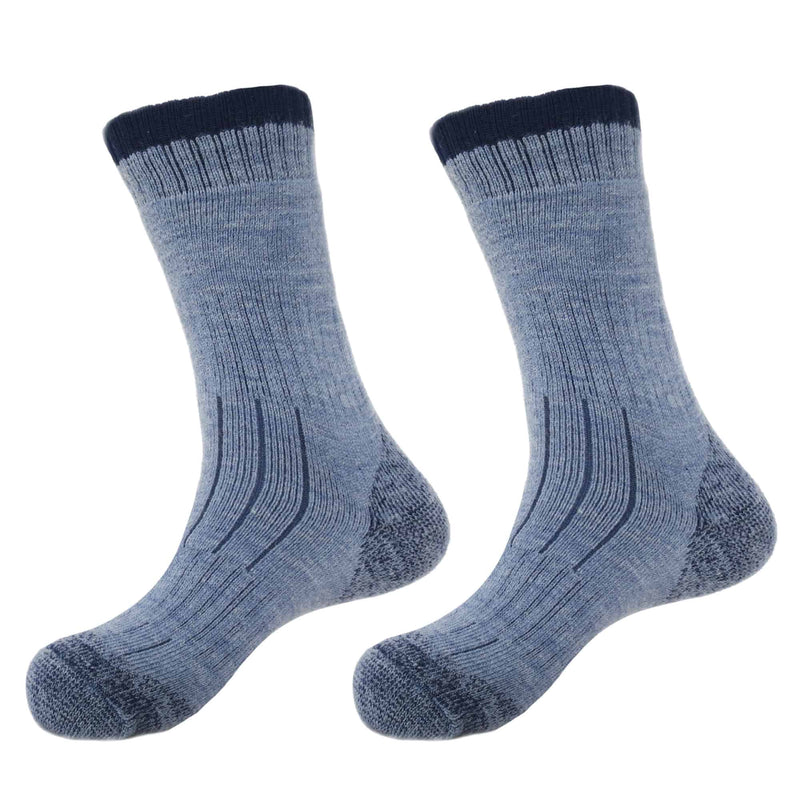
Wool Socks vs Other Winter Sock Brands
When shopping for winter socks, the choice between wool sock and other options like synthetic or cotton socks can significantly impact your comfort and performance. Wool sock provide unique benefits, but understanding how they compare to other materials is essential for making the best decision.
Wool vs Synthetic Socks
The wool socks excel in natural warmth and comfort, whereas synthetic socks focus on durability and affordability. Wool has excellent insulation properties, keeping feet warm even in freezing temperatures. Synthetic socks, however, may not retain heat as well but are often better at quick-drying. Wool also offers superior moisture-wicking features, keeping feet dry during active wear. Synthetic materials can wick moisture but sometimes fail to provide the same level of breathability.
A major difference lies in odor resistance. Wool naturally resists odor due to lanolin, an antibacterial substance in its fibers. Synthetic socks tend to absorb sweat and can develop odors more easily. Durability is a strong point for synthetics, as they resist wear and tear over time. In contrast, high-quality wool sock blend resilience with comfort, making them long-lasting for most uses. When choosing between these, consider your priorities—warmth, odor resistance, or durability.
Wool vs Cotton Socks
Wool socks outperform cotton socks in winter conditions in many ways. The wool provides far better insulation, maintaining warmth even when wet. Cotton absorbs moisture but loses its insulating capability when damp. Wool also excels at moisture management, drawing sweat away from the skin while cotton tends to trap it, leading to discomfort and blisters.
Another advantage of wool is its odor resistance. Cotton lacks antibacterial properties, making it prone to developing smells during extended use. Wool socks are also more robust and retain their shape after multiple washes. Cotton socks can shrink or wear out faster, especially under heavy use. Wool is a superior choice for cold conditions and outdoor activities, while cotton works better for casual indoor wear.
Choosing wool sock over synthetic or cotton options ensures you get optimal warmth, moisture control, and durability. Assess your needs to select the best socks for your winter activities.
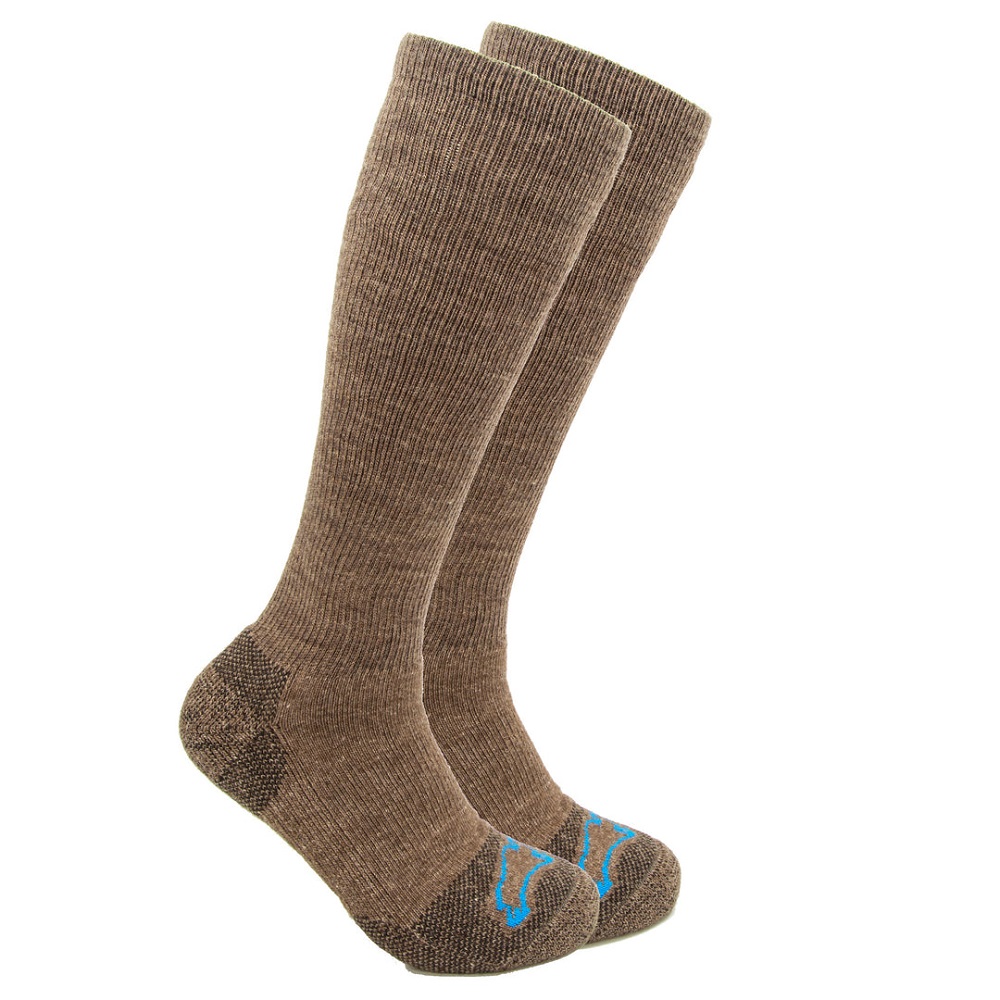
Caring for Your Wool Sock
Proper care extends the life and performance of your wool sock. Follow these tips to keep them in excellent condition.
Washing and Maintenance Tips
- Hand Wash or Use Gentle Machine Settings: Wash wool sock in cold or lukewarm water. Avoid harsh cycles.
- Choose Wool-Safe Detergent: Use detergents designed for wool to protect the fibers from damage.
- Avoid Fabric Softeners: Fabric softeners can reduce the socks’ natural moisture-wicking ability.
- Skip Bleach: Bleach ruins wool fibers and weakens their durability.
- Air Dry: Lay socks flat to dry. Avoid dryers, as heat shrinks and damages wool.
- Handle Carefully After Washing: Resist pulling or twisting wool socks when wet to maintain their shape.
Proper Storage to Prevent Damage
- Keep in a Cool, Dry Place: Store wool socks away from moisture to prevent mold and odor.
- Avoid Moth Damage: Use cedar blocks or lavender sachets to keep wool-damaging insects away.
- Fold or Roll: Fold socks neatly or roll them to prevent stretching fibers.
- Separate from Heavy Items: Don’t store wool socks under bulky objects to maintain their elasticity.
Taking care of your wool socks ensures their durability and performance over time.
Best Brands for Wool Sock in 2023
Wool socks are a staple for warmth, comfort, and durability. The right brand matters when choosing quality wool sock. Here, we highlight popular brands and affordable options that meet diverse needs.
Popular Brands Known for Quality Wool Sock
- Smartwool: Famous for premium merino wool sock, Smartwool offers exceptional softness and moisture-wicking. Their products suit hiking, casual use, and cold weather.
- Darn Tough: Known for unparalleled durability, Darn Tough socks come with a lifetime warranty. These are perfect for intensive outdoor adventures.
- Icebreaker: Icebreaker specializes in merino wool sock with excellent breathability and odor resistance. They are ideal for both active and relaxed lifestyles.
- Farm to Feet: Focused on American-made products, Farm to Feet socks combine sustainability with superior performance.
- Wigwam: Offering a mix of wool and synthetic blends, Wigwam is popular for affordability without compromise.
- Falke: Falke pairs luxury with durable craftsmanship, making their socks ideal for both style and function.
These brands consistently deliver top-notch wool socks for winter comfort and performance.
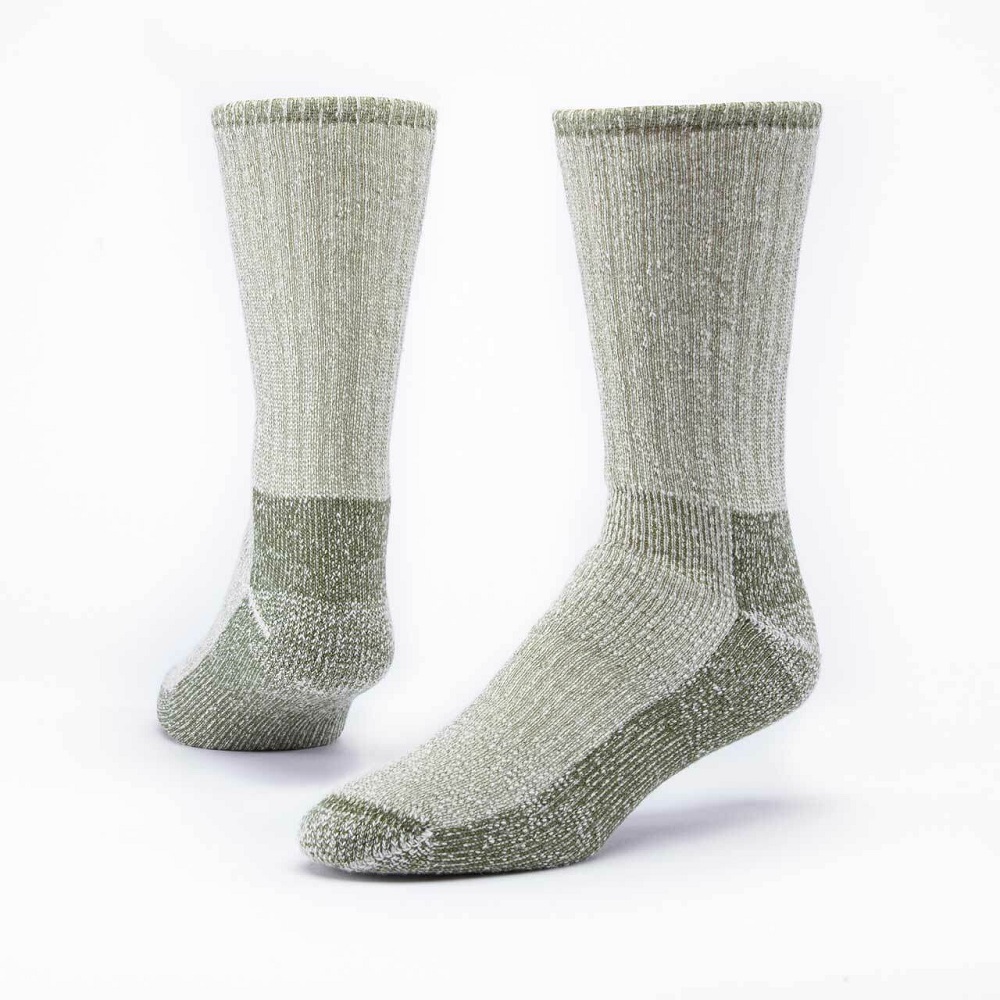
Affordable Options for Every Budget
- People Socks: A budget-friendly option offering quality merino wool sock for everyday use.
- Kirkland Signature: Available at Costco, Kirkland Signature wool socks are affordable but durable.
- Minus33: Minus33 provides reasonably priced wool sock with great moisture-wicking and insulation.
- Alvada: Known for thick, warm socks at an affordable price, Alvada suits hikers and budget shoppers.
- Hanes: Focused on casual wear at low prices, Hanes offers wool blend socks for light use.
These affordable brands ensure you get reliable wool socks without overspending.
Choosing from these brands means comfort, warmth, and durability for every budget and activity.
Incorporating Wool Sock Into Seasonal Outfits
Layering for Versatility
Wool socks can be incredibly versatile when it comes to seasonal outfits. They can be paired with different clothing styles, making them adaptable for various occasions. For example, in colder months, you can wear wool sock with fitted leggings and ankle boots for a casual yet stylish look. This outfit combines warmth with trendiness, ideal for running errands or meeting friends.
In addition, wool socks can be layered under dress pants for added warmth during winter office days. This subtle addition maintains a polished appearance while ensuring your feet remain comfortable. Layering not only enhances your overall style but also allows you to embrace the cozy comfort of wool throughout the winter months.
Dressing Up or Down with Wool Sock
Wool socks can easily transition from casual wear to a more dressed-up look, making them suitable for various occasions. For a casual day out, wearing wool socks with shorts and stylish sneakers offers a relaxed vibe. If you need to dress up for a dinner, simply switch to a tailored skirt and ankle boots while still incorporating the comfortable perks of wool.
Playing with length and patterns can further enhance an outfit. Knee-high wool socks, for example, can be worn under dresses or skirts, adding a playful touch. For dressier occasions, choose wool socks with subtle patterns or elegant colors to complement your ensemble. This adaptability allows you to maintain comfort and style, no matter where life takes you.
Conclusion
When it comes to winter footwear, high-quality wool socks are an essential addition to your wardrobe. With their incredible insulation, moisture-wicking abilities, and versatility, wool sock provide comfort and support for a variety of activities. By understanding the various types of wool and their benefits, you can make informed decisions that suit your lifestyle.
Proper care and maintenance of wool sock enhance their longevity, allowing you to enjoy their benefits for many winters to come. Choosing sustainable brands contributes positively to the environment, aligning your purchases with your values. Additionally, wool sock can be styled in a multitude of ways, making it easy to express your individuality while staying warm.
Embrace the season with confidence, knowing that your wool socks will keep you cozy and stylish. By incorporating these tips into your shopping and styling practices, you’ll be well-equipped to face whatever winter has in store. So, step into the season’s adventures, embracing every moment with the comfort and warmth that only the best wool socks can provide!
